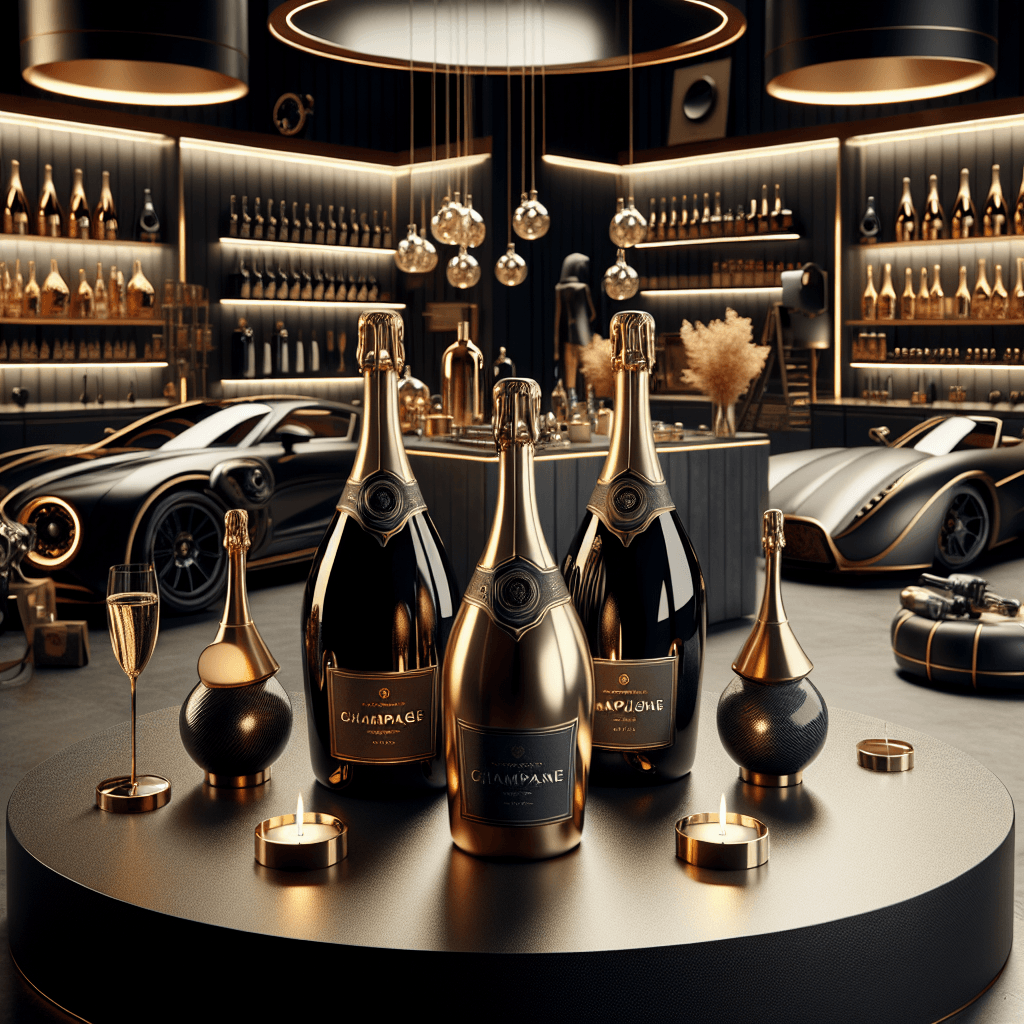How Size Impacts Aging and Investment Potential
The allure of Champagne, with its effervescent bubbles and rich history, transcends mere celebration. This prestigious beverage, often associated with luxury and refinement, is not only enjoyed but also collected by connoisseurs around the world. Among enthusiasts, the debate between the merits of magnum bottles versus standard bottles is a topic of both passion and sophistication.
- Introduction to Champagne: A Symbol of Luxury
- The Merits of Magnum Bottles
- Understanding Standard Bottles
- How Bottle Size Affects the Aging Process
- Cultural Significance and Collectibility
- Concluding Insights on Champagne Collecting
Introduction to Champagne: A Symbol of Luxury
Originating from the Champagne region in France, this sparkling wine has become synonymous with prestige and celebration. The creation of Champagne is a meticulous process, governed by strict regulations that preserve its quality and heritage. The region’s unique terroir and the traditional méthode champenoise contribute to the distinctive taste and quality of the wine.
The Merits of Magnum Bottles
Magnum bottles, holding 1.5 liters of Champagne, are not just larger vessels; they are considered by many connoisseurs and experts to enhance the aging process of Champagne. The ratio of air to liquid in a magnum is lower than that in a standard bottle, which many believe contributes to a slower and more even oxidation process. This potentially results in a Champagne that develops greater complexity and finer bubbles over time.
- Enhanced Aging Potential: The larger volume of liquid in magnums may lead to more stable and consistent maturation.
- Celebratory Prestige: Magnums are often associated with significant events and celebrations, adding to their allure.
- Visual Impact: The impressive size of magnums makes them a centerpiece at gatherings, enhancing the drinking experience.
Understanding Standard Bottles
Standard bottles, typically 750ml in size, are the most common choice for Champagne consumers. These bottles are easier to handle, store, and chill, making them convenient for both personal and commercial use. While they may not offer the same aging benefits as magnums, standard bottles allow for more flexibility in consumption without the commitment to a larger volume.
- Convenience: Easier to chill and serve than larger bottles.
- Variety: More practical for those wishing to taste multiple types of Champagne without excessive leftovers.
How Bottle Size Affects the Aging Process
The impact of bottle size on the aging of Champagne is a subject of interest among oenophiles. Larger bottles such as magnums are believed to age more gracefully due to the reduced exposure to oxygen. This slower oxidative process potentially allows the wine to develop richer flavors and a more complex bouquet. Conversely, standard bottles, with their relatively higher oxygen-to-wine ratio, might age faster, which could be preferable for those who enjoy a fresher, more vibrant taste.
Cultural Significance and Collectibility
Champagne magnums are not only prized for their aging potential but also for their cultural and symbolic value. They are often produced in limited quantities and can feature unique artwork or designs, making them highly collectible. The rarity and aesthetic appeal of decorated magnums can significantly enhance their desirability and perceived value among collectors and enthusiasts.
- Limited Editions: Many Champagne houses release magnums as special editions, which can become highly sought-after collectibles.
- Gift Appeal: Magnum bottles are popular as luxurious gifts due to their impressive presentation and the prestige associated with larger Champagne formats.
Concluding Insights on Champagne Collecting
The choice between magnum and standard bottles may ultimately depend on personal preference, occasion, and taste. However, for those interested in the nuances of aging and the cultural cachet of Champagne, magnums offer a compelling choice. Their potential for graceful aging, combined with their ceremonial appeal and collectibility, make magnums a fascinating subject for both connoisseurs and new enthusiasts alike.
For further exploration into the world of Champagne, consider visiting authoritative sources such as the Official Champagne Website.



